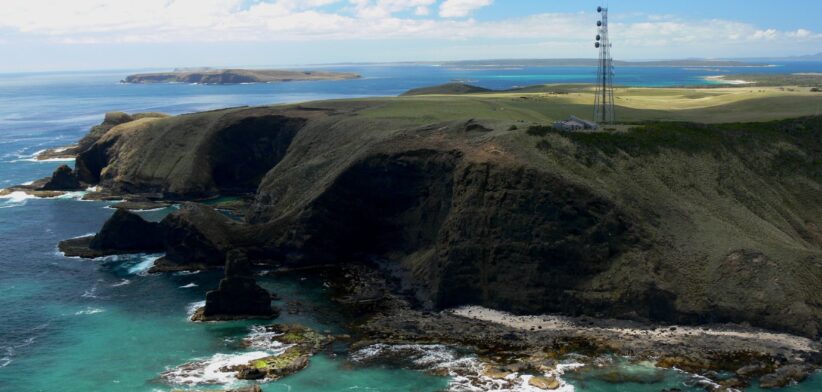Australian scientists hope to measure the impact of climate change on the quality of earth’s atmosphere by sampling the cleanest air in the world.
A team from the CSIRO has set off on a three-week voyage to Kennaook/Cape Grim, located in remote northwest Tasmania.
Lead scientist Ruhi Humphries said the Kennaook/Cape Grim Baseline Air Pollution Station had been monitoring atmospheric composition for nearly 50 years.
Dr Humphries said the site was renowned for its exceptionally clean air coming off the Southern Ocean, called “baseline” air as it had had no recent contact with land.
He said the area was ideal for measuring the chemical composition of the atmosphere, including changes in greenhouse gas concentrations, allowing the team to deepen the understanding of the influence of human activity on the global atmosphere and improve climate modelling.
“This research aims to measure changes in the atmosphere across the Southern Ocean, focusing on extreme events – like smoke from bushfires – and critical climate components, including changes in trace gases, aerosols and clouds.”
Dr Humphries said for the first time, scientists would compare air quality from the station with measurements taken up to 1500 km off the coast on the Southern Ocean.
“The Southern Ocean absorbs a lot of the world’s carbon dioxide and heat, so any changes can influence our weather and climate,” he said.
“Since the Kennaook/Cape Grim Baseline Air Pollution Station began taking measurements in 1976, carbon dioxide levels have increased by more than 20 percent, which has implications for future climate change.”








